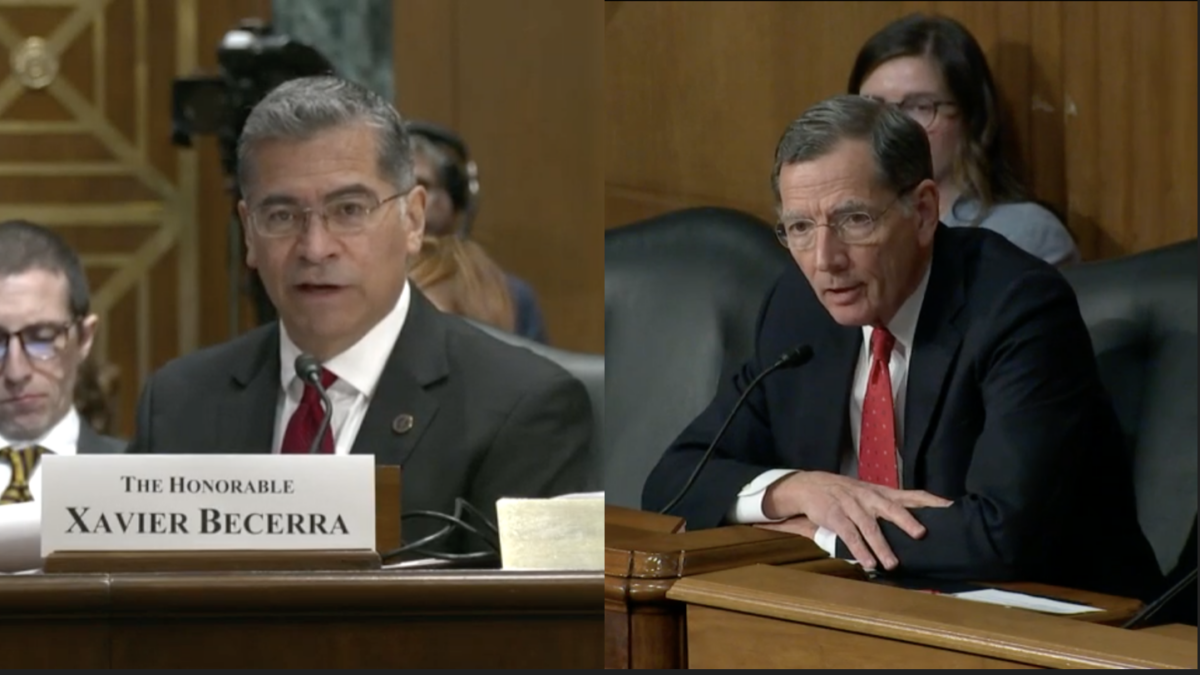
Recently, the Supreme Court, through a 4-4 vote, affirmed a federal judge’s ruling and effectively killed President Obama’s suspension of the law requiring deportation of millions of illegal immigrants to instead grant them work visas. It’s obvious the court can’t fix our immigration system, however. Congress has to take up the task. If the recent Brexit vote is an indication, any further delay in addressing our immigration policy will have serious political and economic consequences.
Legal immigrants, who constitute the vast majority of the immigrant community, face long delays and high financial costs from the United States’ very complex and confusing immigration laws. Most legal immigrants come to the United States through one of five main channels: family-based, employment-based, political asylum, refugees, and the diversity lottery program. But within some channels are many sub-categories catering to specific groups, and each is subject to different rules.
In addition to the normal immigration channels, politicians have piled on many special immigration programs. Currently, there are more than two dozen immigration visa categories through which people outside of the United States can obtain green cards without going through the normal legal immigration channels. It’s often said that the U.S. immigration laws are more complex than our tax code. Most applicants cannot navigate the process without legal counsel, which adds to the cost and time required of this process. Their experiences offer no motivation for illegal immigrants to immigrate legally. The United States will never fix its illegal immigration problem unless policy makers fix legal immigration first.
Our existing immigration also gives overwhelming preference to family reunions with citizens and immigrants who are already here. This approach doesn’t serve our nation’s economic needs because (a) the quota for family reunion is not based on labor-market demand; and (b) the visa preference hierarchy favors the old (parents of U.S. citizens and permanent residents) and the young (children younger than 21 years of age) but discriminates against the most likely productive applicants: people who don’t have family connections, but do have knowledge, skills, and experiences and can contribute to our economy.
Trash Our Mess, and Start Clean
The way forward for America is to establish a simple, merit-based immigration system.
We need to keep our immigration system simple by eliminating ineffective and unfair programs. We need only three immigration channels: skilled worker, family reunion, and humanitarian-based. This simplified system should emphasize merit-based immigration, which gives higher preference to people who have skills and experiences to contribute, and to entrepreneurs who want to invest in America and create job opportunities for Americans. In other words, a majority of our immigrants should come through the skilled-worker channel.
This means we should eliminate ineffective and non-merit-based visa programs such as the visa lottery program and the more than two dozen special programs. The 50,000-plus annual immigration visa quotas we save from eliminating these programs should be allocated to the skilled workers category. If we replace the 50,000 visa lottery winners with 50,000 investment-based visa holders, we’ll see a $50-billion direct investment in the United States or 500,000 new jobs (because current law requires each investment-based visa holder to invest $1 million or create 10 jobs in America).
Even those applicants who have family members in the United States should be encouraged to apply as skilled immigrants. Family reunion should be limited to elderly or young relatives of U.S. citizens who currently are not employable. In such cases, the U.S. citizen who acts as a sponsor should demonstrate the financial capacity to support his or her relatives for at least five years (current immigration law stipulates that legal immigrants who have no criminal records can apply for U.S. citizenship after being in the United States for five years).
Now for Revamping Temporary Permits
For non-immigration visas, we need to do three things.
First, consolidate the more than 40 current visa categories into three: temporary workers, students/scholars, and visitors. There is no earthly reason we need a separate visa category for “certain ‘specialty occupation’ professionals from Australia” (E-3 visa), or “fashion models of distinguished merit and ability” (H-1B3). Each special category represents an added layer of complexity.
We need only one work visa category; let the market decide if our country needs more engineers, professional athletes, or fruit pickers. A temporary worker should be able to travel freely in and out of the United States as long as he or she has no criminal record and is currently employed by an American employer. All nonimmigrants should receive an identity card with a smart chip containing their biometric and sponsor-contact info.
Second, get rid of work visa quotas. This is imperative to cut the backlogs and greatly reduce wait times. The quotas are arbitrary, unrealistic, and no representation of any economic reality. They are more a result of special-interest lobbying and political horse-trading. They discourage people from coming to America through legal channels and incentivize illegal immigration. Let the free-market system tell us how many immigrants it can absorb.
We should issue a work visa to anyone who is interested in temporarily working in the United States as a nonimmigrant, as long as he or she has a proven job offer from a U.S. employer. It doesn’t matter whether this person is applying to be a seasonal farm worker or a nuclear physicist. The duration of the visa is either the duration of the employment contract or three years, whichever is greater. If the person is still employed when the visa is three months from expiration, the visa can be renewed again for either the duration of the employment contract or three years. The renewal process can repeat itself as long as the applicant is employed.
Third, temporary workers should receive tax IDs that allow them to pay income, Social Security, and Medicare taxes, just like an employed U.S. citizen would. However, since work visas are not immigration visas, work visa holders will not be entitled to any welfare benefits. If, later, work visa holders apply and become legal U.S. residents, they will be eligible for governmental welfare benefits after five years. Their Social Security benefits calculation will include the years they spent as temporary work visa holders. This shouldn’t be too difficult to do, because they have been paying taxes while being temporary workers, so there will be a track record of work history.
You Can’t Stop Immigration, But You Can Define It
A simple and merit based immigration system will benefit both immigrants and our national interests. It engenders self-reliance. It will make it easy for potential immigrants to understand what category they are eligible for and should apply for and will speed up the processing time and reduce the cost (e.g., allow immigrants to save money on legal counsel).
This will help reduce wait times and backlogs. It will make illegal border crossing a much less attractive option. It will discourage U.S. employers from hiring illegal migrant workers since they can now easily find legal workers. Not to mention it will free up government resources for vetting potential national security threats.
As long as there are different economic and political conditions around the world, people will migrate. It’s human nature to move to a place where a better life is possible. It’s the destiny of America to be a beacon of hope for people around the world. Historian Richard Hofstadter said, “It has been our fate as a nation not to have ideologies but to be one.”
The only way forward, the only way to make immigrants and native-born Americans one people again, is to find our way back: back to our founding principles; back to being the country where rugged individualism, liberty, and free-market economics enable freedom-lovers who are ready to roll up their sleeves to better their lives through their hard work and cleverness. If we stand firmly on our principles and apply common-sense, incremental policy changes that reaffirm these beliefs and bring tangible benefits, America can again offer the right kind of open door and a true welcome mat.









